How to water hydrangea to change color?

Garden hydrangea is a beautiful fragrant culture that can become the main decoration of the site. The globular inflorescences first turn green, and later acquire a more sophisticated shade, depending on the variety. The color of the hydrangeas can be changed to create an aesthetic flower arrangement. Let's try to figure out how to achieve a change in the shade of colors.
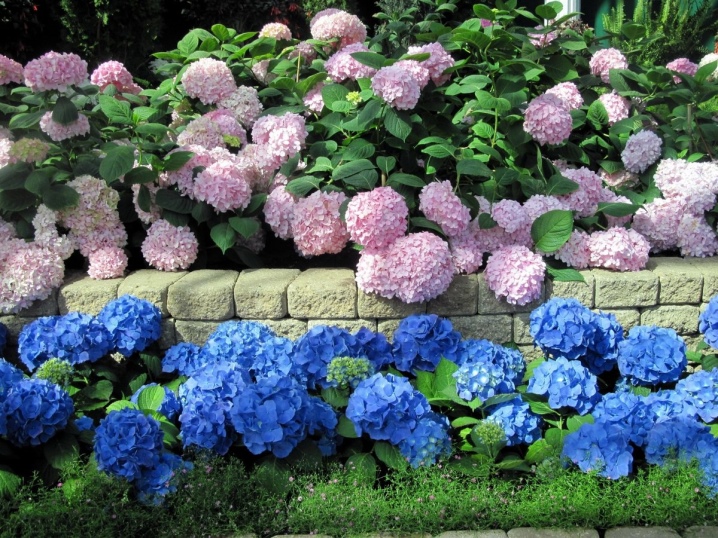
What does the color depend on?
First of all, the color of the petals is determined by the variety. So, paniculate varieties are not prone to a change in shade, tree-like varieties are also practically deprived of this opportunity. Best of all, a large-leaved hydrangea is located for a color change. Its cells contain an abundance of anthocyanins - components that respond well to changes in the level of acidity of the soil and aluminum salts contained in the substrate.
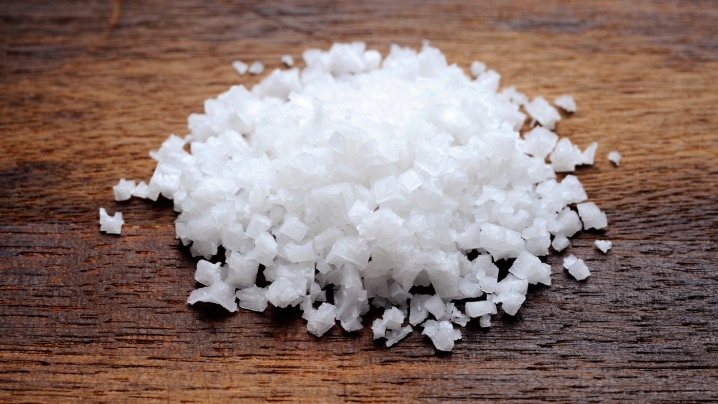
However, it is possible to change the shade of the petals of a large-leaved variety only when a "colored" species is planted in the garden. If the shrub has white flowers, then none of the color changes will achieve the desired result. An unsuccessful experiment threatens not only with a disastrous result, but also with a violation of the acidity of the earth and, as a result, the death of the plant. If the large-leaved variety had a pink or blue color, but over time lost the juiciness of the shade, then in this case the methods that will be described below will help.

As mentioned, the color of the petals is determined by the acidity of the soil. Their color can become a real indicator of the level of this indicator. So, in an acidic environment (pH below 5.5), the inflorescences take on a blue tint; in alkaline and neutral soil at pH values above 6.5, the petals become pink or even scarlet; cultivation in slightly acidic soil (pH 5.5–6.5) will lead to lilac results.

The approximate values of soil acidity can be determined independently. For this, gardeners use vinegar essence or grape juice. When vinegar is added, the alkaline earth will begin to boil and release carbon dioxide; if a weak reaction is observed, then the soil has neutral acidity; if there is no reaction at all, then this is acidic soil. When a pinch of earth is added to grape juice with its normal acidity, the color of the drink will change and gas bubbles will appear. You can roughly determine this indicator by visual signs, for example, if reddish-rusty shades are observed in the ground, then the soil is highly acidic.
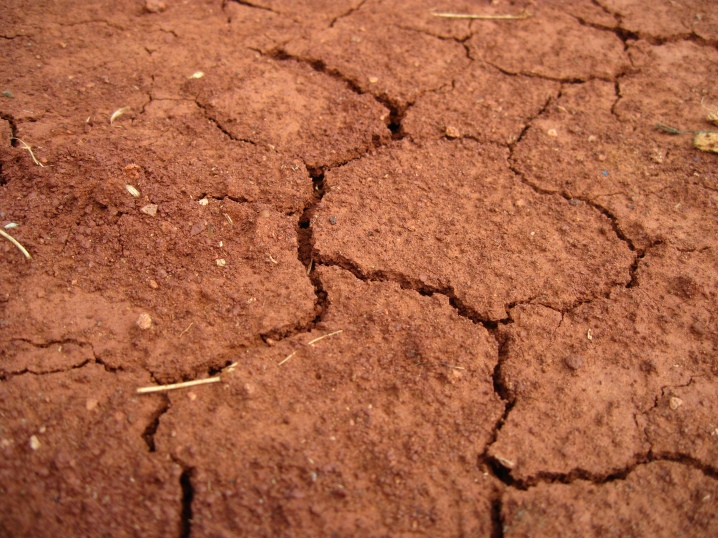
Thus, with acidification of the soil, the petals will be covered with a bluish tint, but the result will not always be successful, since the fundamental point in the color change is the aluminum content. The tone of the petals directly depends on this element. Anthocyanins, interacting with aluminum, form aluminum salts of blue color, respectively, the petals take the same color. On the other hand, without aluminum, the flowers will be pink.
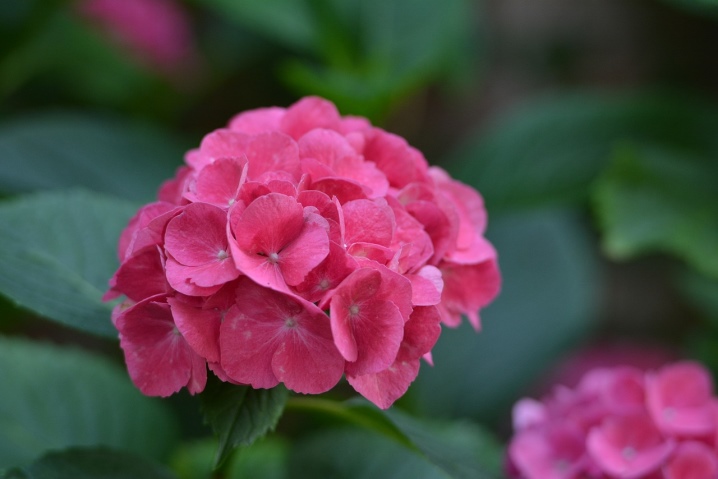
In neutral and alkaline conditions, aluminum is in a bound form, coming into contact with hydroxide ions and forming aluminum hydroxide. In acidic soil, aluminum ions acquire mobility, are absorbed by the culture and interact with anthocyanins. This complex process results in bluish petals. In alkaline and neutral earth, aluminum is contained in a bound form, due to which the inflorescences "brown".
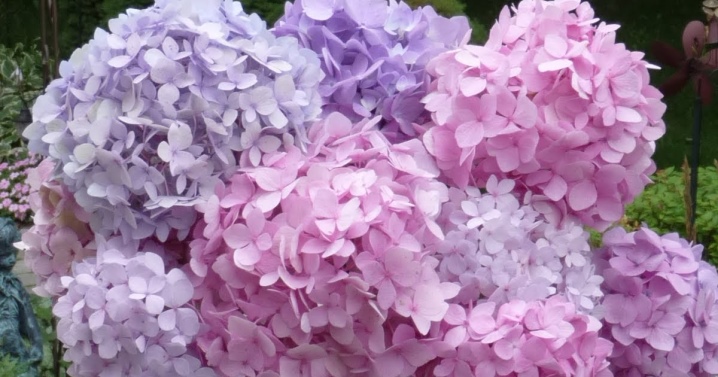
In simple terms, the acidity of the soil mediates aluminum mobility, which directly determines the presence of blue in the petals of a flower. That is for staining in blue shades, acidic soil and mobile aluminum will be required, and to obtain rose petals, an alkaline soil and bound aluminum are needed.
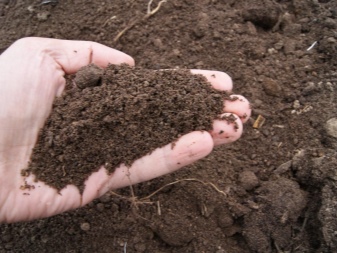
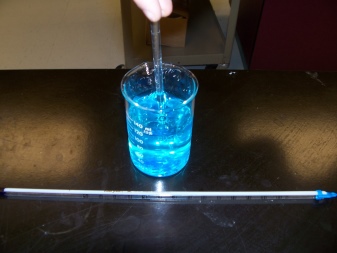
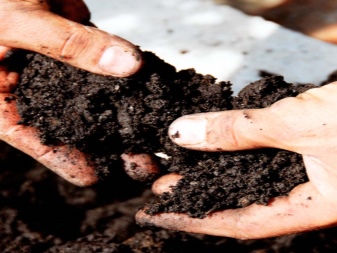
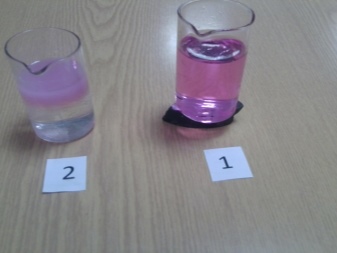
Revealing this secret gardeners have long figured out how to water or feed the hydrangea so that it changes color... So, aluminum sulfate can become a source of blue color, and top dressing with lime will turn a blue flower into pink. Some growers manage to get both pink and blue flowers on one copy. This can be achieved if one part of the root system is located in an acidic soil with aluminum, and the other in an alkaline environment without this element.
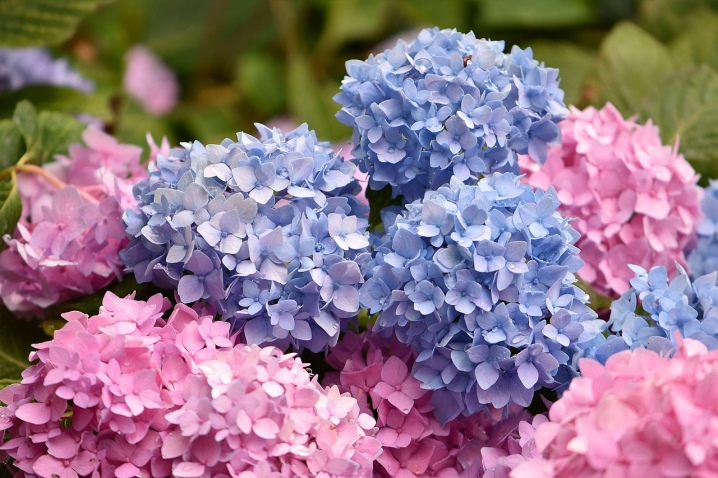
An important factor that determines the color of flowers is phosphorus. This component binds aluminum ions into difficult-to-dissolve combinations. In order for aluminum to be as mobile as possible and easily penetrate the flowers, it is important to feed the plant with compounds with a minimum amount of phosphorus.

How to color a hydrangea blue?
In nature, blue and blue hydrangeas are almost impossible to find, so many gardeners also repaint flowers artificially. As already mentioned, to obtain blue flowers, it is necessary to reduce the acidity of the soil, and then add aluminum. You can use the following formulations to prepare top dressing.
Dilute potassium alum in a liter of water. This component contains aluminum in a state accessible to the plant and an acidic residue, which is intended to reduce acidity.
Dissolve phosphorus, potassium and nitrogen in water in proportions of 5: 20: 10 and spray the plant with the resulting product.
Dissolve potassium sulfate (15 g) in water (1 l) and water the culture under the root. Such watering is necessary during the entire growth period.
In a bucket of water, dilute apple cider vinegar and acetic acid (100 ml) and process the flower twice a month from the moment you wake up.
Add citric acid (2 tablespoons) to a bucket of water, stir until the solids are completely dissolved, water the plant after standard watering immediately after the flower wakes up at intervals of 1.5-2 weeks in the volume of one bucket per 1 m2. Oxalic acid is allowed as an alternative to citric acid.

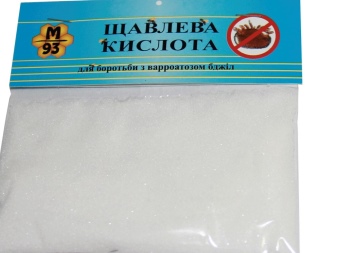
Before adding the recipes obtained, it is recommended to loosen the soil a little and water the plant. The following substances can be used to increase the amount of aluminum in the soil:
compost;
aluminum sulfate;
coffee (ground);
needles.
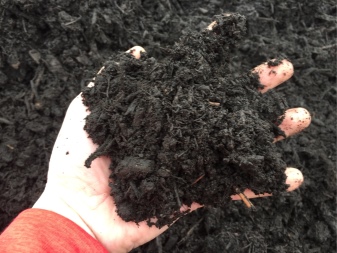
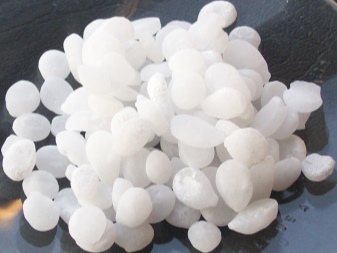
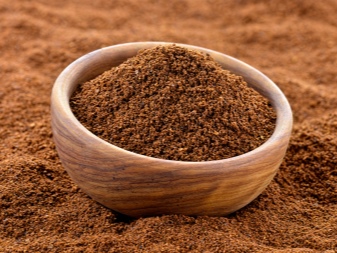

In the case of using aluminum sulfate, it is diluted in a ratio of 4 tbsp. l. 4.5 liters of water. Top dressing continues every day for 2–4 weeks.
The process of staining in a blue tone takes a long time for the gardener, sometimes it takes more than a year to achieve success.
How to make inflorescences pink?
To get pink from a white flower at home, you should adjust the acidity of the soil to 6.5. If too acidic soil is used on the site, dolomite flour or ground lime is added to it. To maintain the obtained indicator, fertilizers containing nitrogen and phosphorus are added. The use of these formulations has a positive effect on the health of the plant, as well as on the size of the inflorescences.

When the acidity of the soil is at the right level, you can start painting. For this, folk remedies are suitable, for example, potassium permanganate. To achieve a delicate pink color, the plant is watered with a weak solution of manganese. For a more saturated, almost purple hue, the solution should be more concentrated, however, in this case, be careful not to overdo it with a portion of potassium permanganate, otherwise you can provoke a burn of the petals.
Using the method of staining with potassium permanganate, you need to prepare for the fact that in this case the flower changes its tone for a short time. As soon as the gardener stops watering the culture with the solution, the petals regain their white color.
As for the chemicals to give the flowers a "blush", then feeding with mixtures with a high content of phosphorus and nitrogen, but a low level of potassium, is suitable. Recommended proportions of components N: P: K - 25: 10: 10. You can also use ammonium monophosphate in proportions N: P: K - 11: 53: 00.
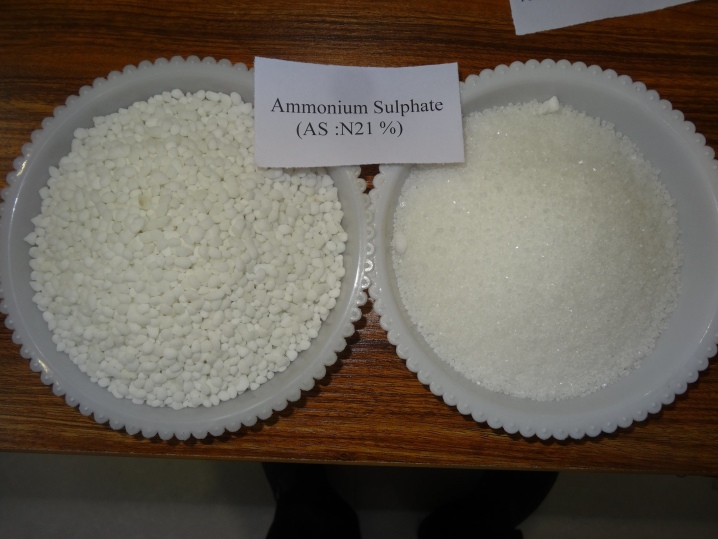
Recommendations
When coloring flowers in pink and blue tones listen to the advice of experienced florists.
Do not get carried away with the process of changing the color of flowers. The constantly changing level of soil acidity leads to a stressful state of the culture. If the gardener certainly wants to grow inflorescences of different shades on the site every year, it is recommended to plant several specimens at a certain distance from each other.
A change in the chemical composition of the earth to change the appearance of the petals is required to be carried out before the budding period. This usually occurs in early spring, when the culture is growing, but the inflorescences have not yet formed.
Regularly monitor the acidity level of the soil in the flower bed and do not overdo it with these indicators.
Remember that only those large-leaved varieties that tend to have color on the petals are capable of changing the color of the petals. Do not waste time, effort and nerves on other varieties, you still won't be able to repaint them.
Keep in mind while experimenting that changing the color of the petals from pink to blue is much easier than vice versa.
When lowering soil acidity to give the petals a rosy blush, try not to overdo it. In soils with high alkali values, the plant may feel uncomfortable due to iron deficiency. As a result, the flower loses its aesthetic appearance, and sometimes it can shed inflorescences and leaves.
If the gardener wants to test flowers for their ability to stain, but other plants grow next to the crop that do not withstand acidic or alkaline soil, then it is recommended to plant the bushes participating in the experiment in separate large flowerpots. By experimenting with coloring in a separate container, the gardener does not have to worry about the health of neighboring crops.
The same applies to situations when you want to dilute a composition of pure blue flowers with pink inflorescences. You can build separate containers for staining, fill them with a substrate designed to contain pink hydrangeas, and grow flowers in isolation. In this case, individual specimens will receive a pink color.
How to water hydrangea to change color, see below.



































































The comment was sent successfully.